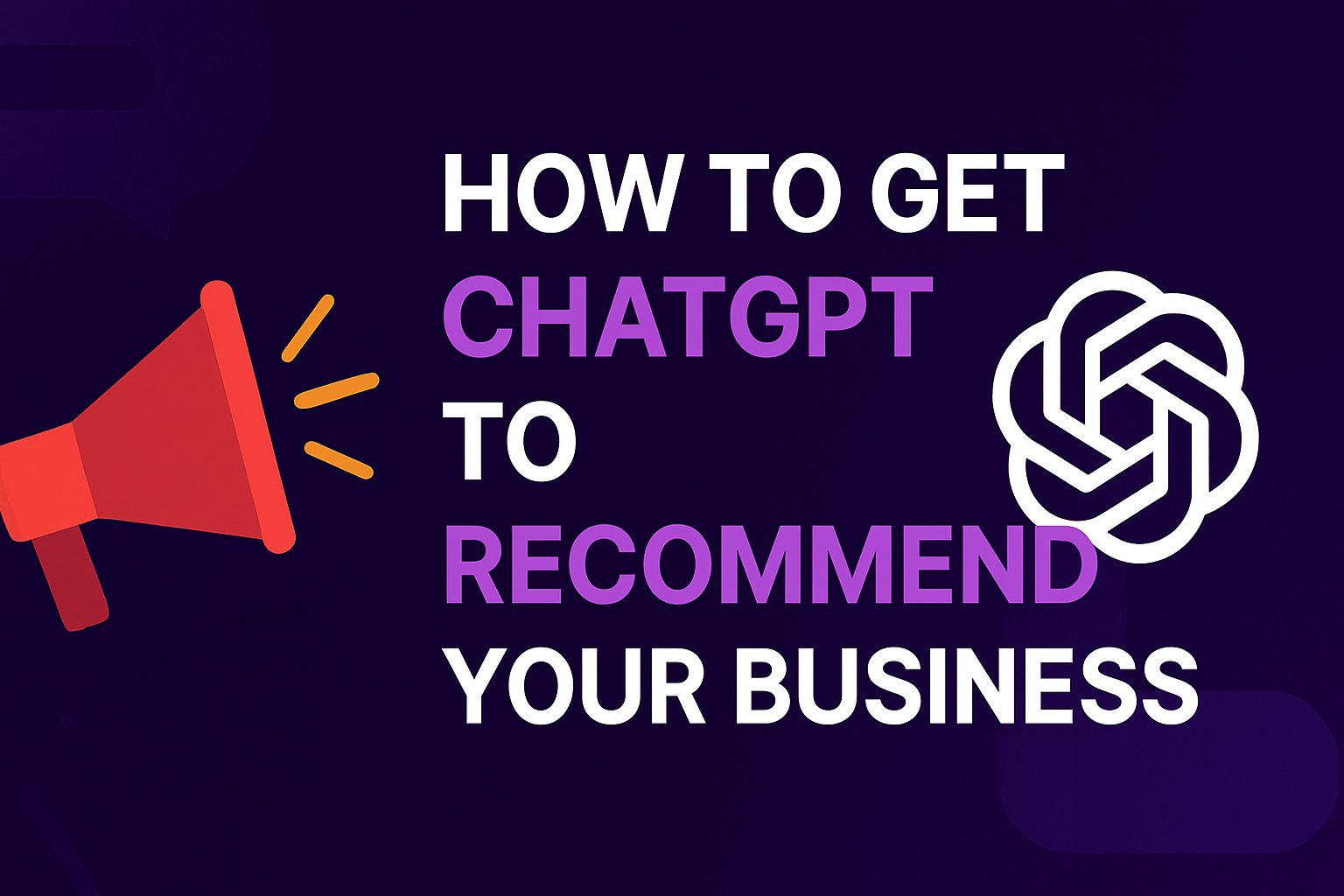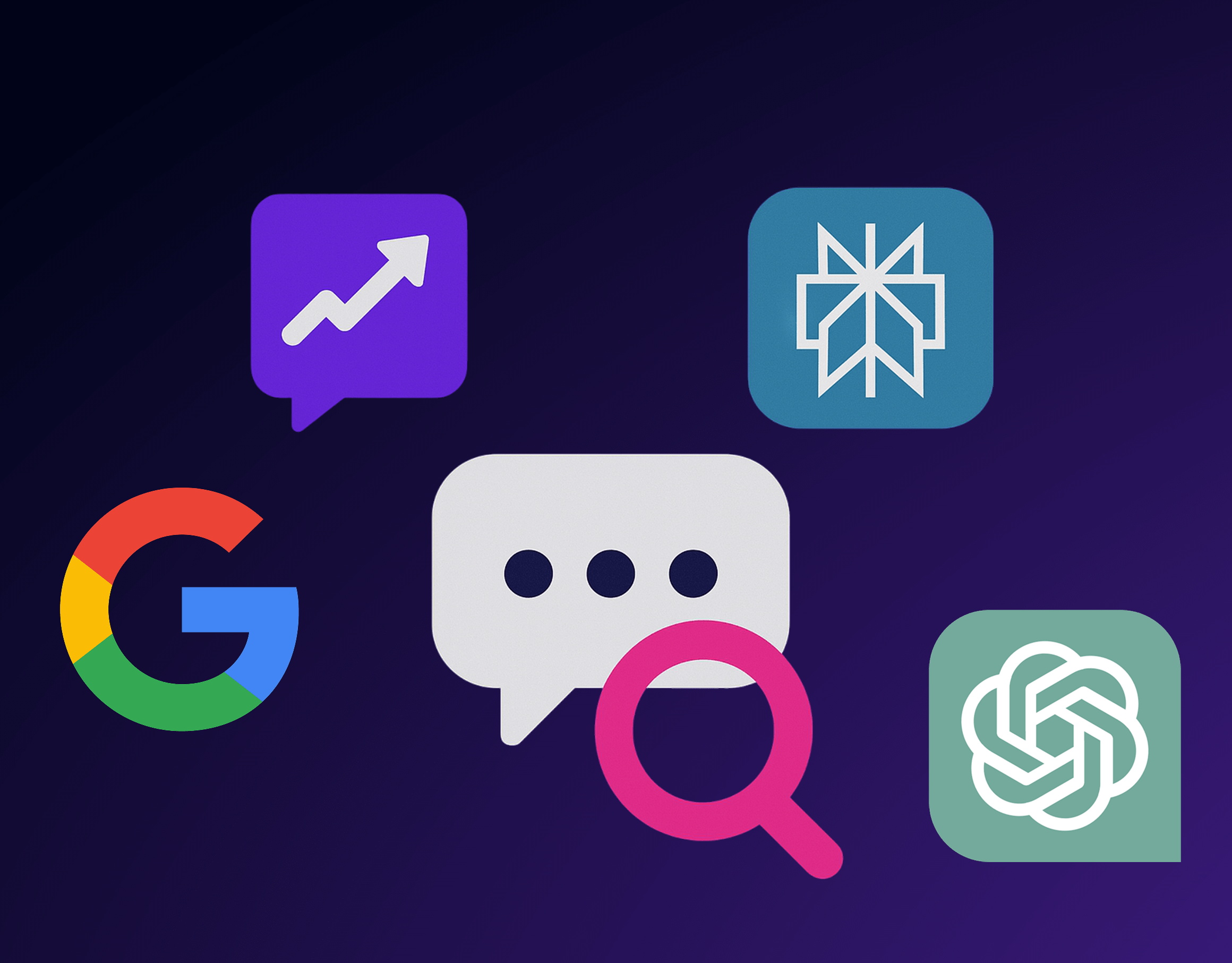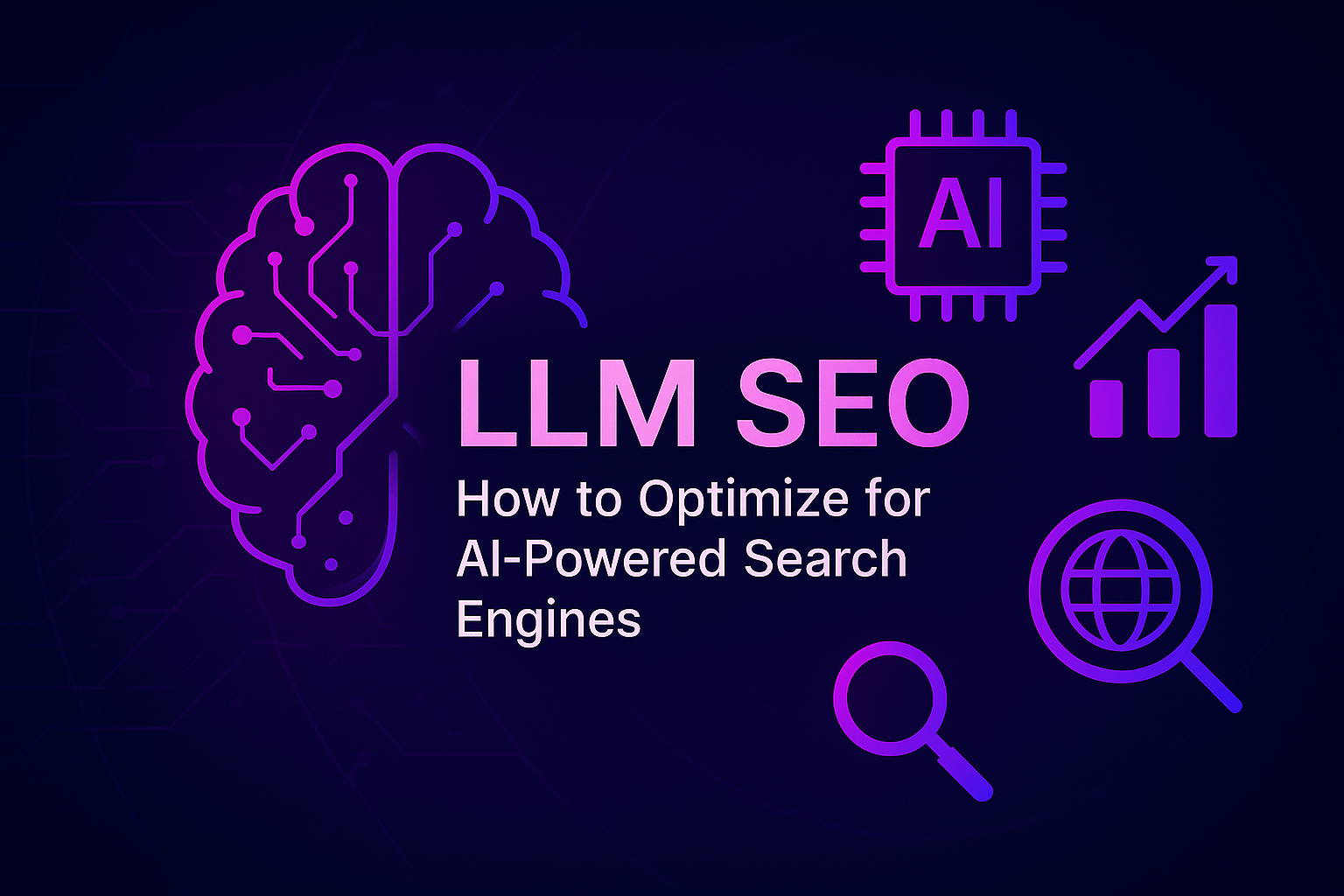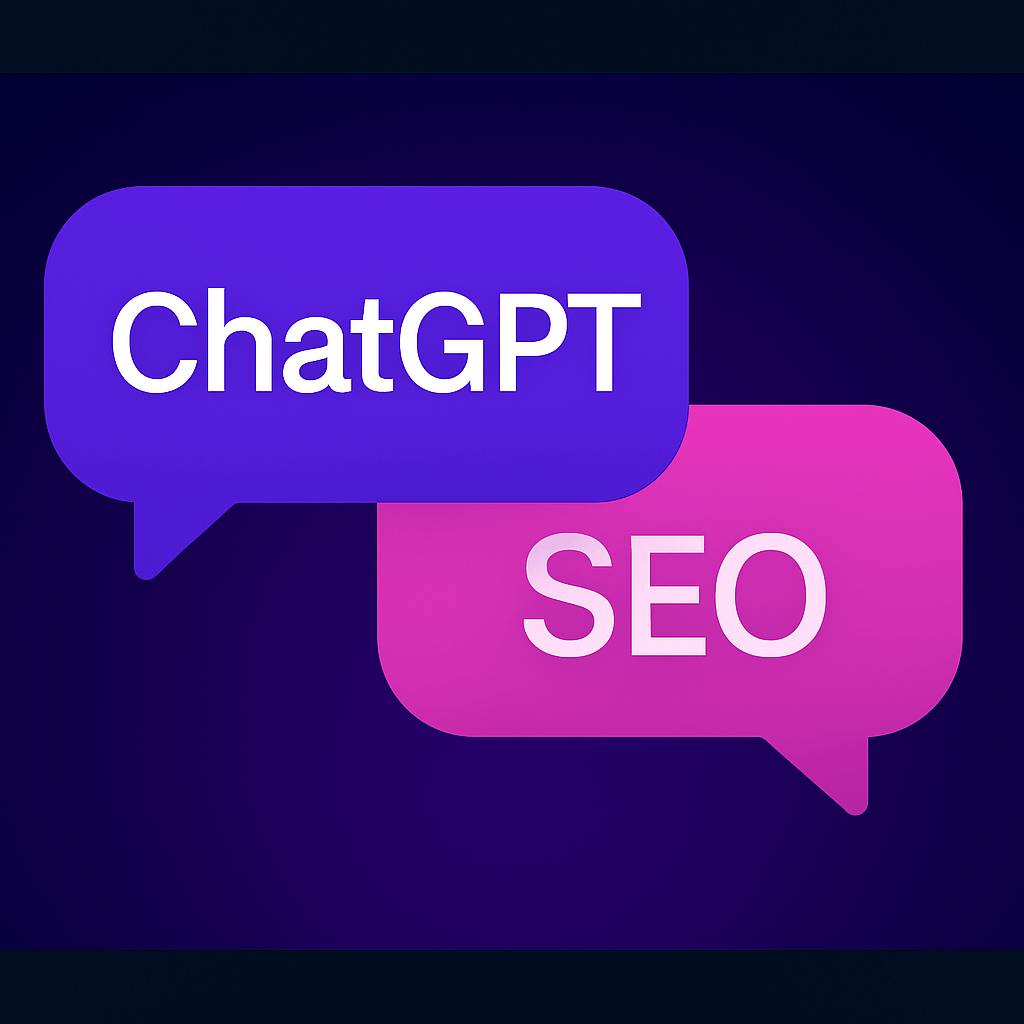Introduction
As AI assistants like ChatGPT, Gemini, and Perplexity become primary discovery tools, a new discipline has emerged: Answer Engine Optimization (AEO). This guide provides the latest best practices for optimizing your content to appear, perform, and persist in AI-generated answers. Think beyond clicks—think citations, summaries, and semantic clarity.
What Is AI Assistant Optimization (AEO)?
AEO is the practice of tailoring your content, structure, and entity profile to ensure inclusion in AI assistant responses. It’s not about ranking on a results page—it’s about being the answer.
Why Traditional SEO Isn’t Enough Anymore
SEO focuses on SERPs, links, and clicks. But AI assistants:
- Generate answers without linking out
- Prioritize clarity over clickbait
- Rely on structured data, not keyword density
Optimizing for AI requires a paradigm shift in how content is written, tagged, and distributed.
Core Optimization Goals for AI Assistants
- Entity recognition: Be known and named in AI datasets
- Content clarity: Write in clean, declarative language
- Prompt alignment: Match real user queries
- Trust signals: Appear on high-authority external sources
Structure for summarization: Use headings, lists, and semantic markup
Best Practices for Content Structure
- Use H2s and H3s to match common prompt phrasing (e.g., “What is [X]?”)
- Start sections with direct answers, then elaborate
- Include FAQ-style blocks throughout pages
- Organize content in small, digestible units
Create explainer summaries for each major section
Best Practices for Language and Tone
- Use plain, non-promotional language
- Avoid jargon and complex syntax
- Prioritize accuracy and readability over branding
- Include key terms and phrases users might naturally ask
- Assume your content will be summarized—write accordingly
Best Practices for Entities and Metadata
- Use Organization, Product, AboutPage, FAQPage, and WebPage schema
- Add sameAs links to authoritative sources (LinkedIn, Crunchbase, etc.)
- Use consistent naming conventions across site and profiles
- Mention your brand or product early and clearly
- Submit structured data to Google Search Console and Bing Webmaster Tools
Enhancing Trust Signals and External Validation
- Seek mentions in Wikipedia, news articles, and reputable blogs
- Pitch guest posts on industry publications
- Encourage customer reviews and third-party endorsements
Claim or optimize your Google Knowledge Panel
Monitoring and Iterating Based on AI Responses
- Regularly test visibility using prompt-based queries (e.g., “What is [Your Brand]?”)
- Check for incorrect or missing summaries
- Track prompt inclusion trends with a tool like Rank Prompt
- Update your content based on AI output analysis
The Role of Rank Prompt in Your Optimization Workflow
Rank Prompt is the only dedicated platform for tracking your brand’s visibility across top AI tools. It helps you:
- Audit prompt inclusion across ChatGPT, Gemini, Perplexity, and Grok
- Benchmark against competitors
- Receive structured recommendations based on your brand’s AI footprint
Use Rank Prompt monthly to stay ahead of visibility shifts in the LLM ecosystem.
Final Thoughts
Content optimization for AI assistants isn’t optional—it’s the next evolution of digital strategy. By aligning your content with the language, logic, and structure AI tools prefer, you ensure your brand remains discoverable, credible, and relevant in a world moving beyond links.
Run a free scan today at RankPrompt.com and start optimizing for the future of search.





